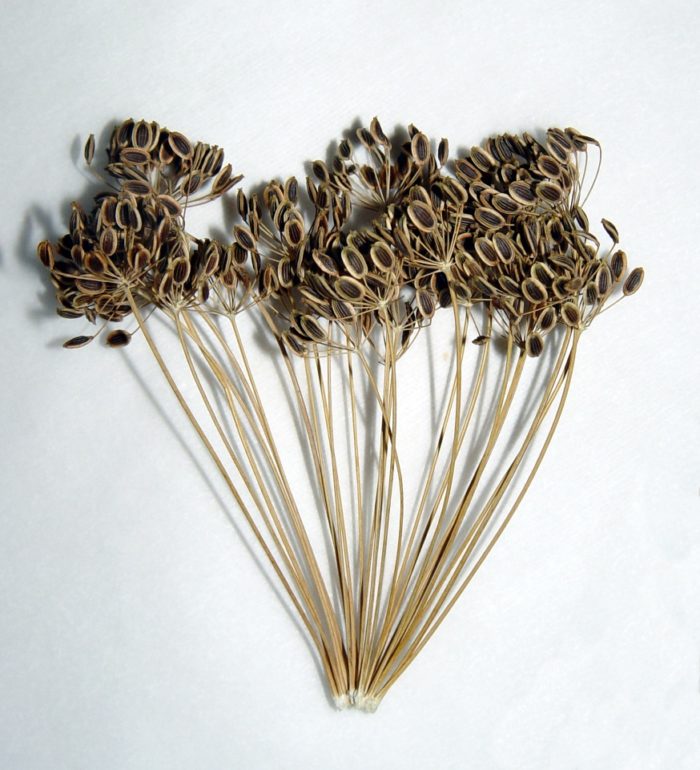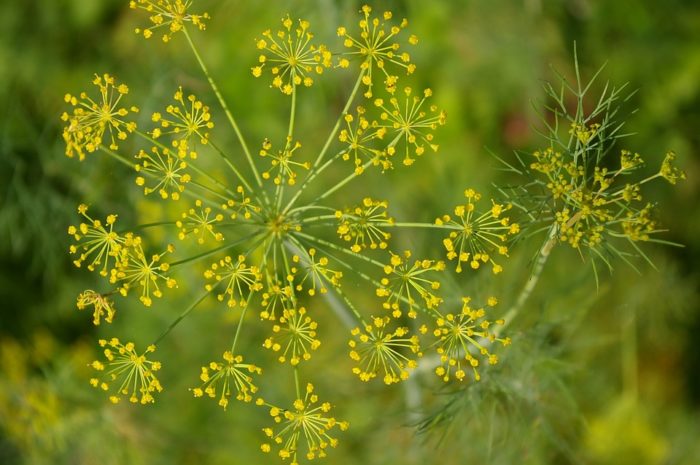
When blogs and magazines discuss anti-aging, collagen is usually somewhere in the picture—whether we’re talking about the loss of collagen with time or the possibility that such-and-such product can help rebuild or create new collagen. This makes sense, given that collagen is the protein responsible, in part, for keeping skin looking firm and supple. But there’s another major player in youthful skin that gets less press time–elastin.
Like collagen, elastin is a protein that provides structure to the skin. As the name implies, elastin gives skin elasticity. When you pinch your skin, and your skin snaps back into place, that’s elastin at work. Lower levels of elastin result in lower levels of elasticity; i.e. in skin slowly returns to its original place after being pinched–or doesn’t really return to a particular place. Deep wrinkles around the mouth, loose skin on the neck, and even jowls are the result of lowered levels of elastin. Ditto varicose veins oddly enough.
Like collagen and the body’s natural supply of antioxidants, elastin decreases as we age. Fortunately, in addition to leading a healthy lifestyle, you can naturally support your elastin by including dill seed extract/essential oil into your beauty regimen.
A note on seed vs. weed: Dill seed oil is obtained from the seed of the dill plant, which is closely related to fennel and caraway. Dill weed extract, on the other hand, is obtained from the leaves of the dill plant and is a different substance from dill seed oil. For our purposes, we’re looking at dill seed oil. While dill weed oil may its own have skin-loving properties, the studies performed on dill and elastin tested dill seed oil.
How does dill seed extract improve elastin?

Dill is a member of the Apiaceae family and is native to the Mediterranean and Black Sea regions. Dill seed oil is mainly produced in Europe. For aromatherapy purposes, it blends well with mint, nutmeg, other spicy oil, and citrus oils.
Dill seed extract stimulates elastin synthesis by activating dermal fibroblasts according to a 2006 study in Experimental Dermatology. Dill seed extract also increases the production of the precursor of elastin, tropoelastin. Tropoelastin molecules bind together to create elastin.
(After reading about this, I also had to look up the definition of fibroblasts. What the heck are those? Fibroblasts synthesize collagen, elastin, and keratin in the dermis. They assist in wound healing and the prevention of skin aging—but like everything else, their work becomes less efficient as we age. You can show love to your fibroblasts by consuming an antioxidant-rich diet.)
Dermatologist Paul Begoun further explains that dill oil has the special ability to target elastin: “It seems dill extract helps increase expression of an enzyme in skin that generates elastin and helps rebuild skin’s structural integrity … Dill may prove to be one of the few plant extracts whose anti-aging abilities influence elastin, which is typically much trickier to do than generate collagen.
In other words, dill is rare in its elastin-boosting abilities. Fortunately, it’s super affordable. A small bottle (.5 oz.) of dill seed essential oil runs about $7, and because essential oils go a long way, that will probably last you at least six months! So go ahead and invest in your collagen–but don’t forget your elastin in the process 🙂 Your skin will thank you, and your wallet won’t really notice.
How to incorporate dill seed essential oil into your skincare regimen:
The easiest way to include dill seed oil into your anti-aging routine is to create an oil-based serum using your favorite carrier oil (like rosehip seed oil, argan oil, or olive oil), and for every two tablespoons of base oil, include 20-30 drops of dill seed essential oil. Alternatively, you can combine dill seed extract with your favorite skin-safe essential oils. For example, for every two tablespoons of argan oil, include 10 drops of dill seed oil and 10 drops of chamomile oil, a calming and anti-inflammatory oil.
Store your mixture in a dark, glass eyedropper bottle. Use alone as a rich moisturizer, or add a few drops of your oil blend to a lotion of your choice immediately before applying it. Apply anywhere you’d like to improve elastin or use as a skin-loving massage oil.
More about plant oils and beauty: Two Surprisingly Harmful Ingredients in Natural Skincare Products
3 Best Non-Comedogenic Oils for Your Face
Beauty Benefits of Clary Sage Oil
Get more like this—Subscribe to our daily inspirational newsletter for exclusive content!
__
Photo: Wikimedia Commons, Pixabay




